Contactless payments have become ubiquitous with COVID-19. While the increase in adoption was driven by the need for safe and secure payment methods, the number of payment methods has been consistently increasing, beyond traditional cash, debit or credit options. In fact, some may argue that U.S. adoption of new payment methods is long overdue, as 86% of first-time users now plan to keep using contactless payments after the pandemic.
Alternative payments are growing as well. Popular in mobile-first countries like China, AliPay and WeChat have slowly increased adoption in the U.S. We also saw a rise in QR code adoption as an effective way to order and pay for items during the pandemic, and major players like PayPal and Venmo have adopted QR codes as a method of payment. PayPal added a merchant to its QR code payment option every 28 seconds in Q1 2021 – an astounding feat.
With the number of contactless and alternative payments options, it can be confusing to determine what's a critical, must-have for your business. Plus, integration of new payment methods can often be time intensive and costly. Below, we'll explore the payment options to consider within a variety of retail environments.
Grocery and retail
For decades, grocers and retailers have sought effective alternatives to making customers wait in a long checkout line in order to pay. The use of mobile devices – from both consumers and associates – has risen in popularity as a way to scan and pay for items. A flexible solution can unify payments regardless of channel, supporting transactions whether it's card-not-present, tap-to-pay, and more.
Another new payment method many big box and apparel retailers have adopted is Buy Now, Pay Later. In fact, the number of customers using this option has risen 18% since last July.
Convenience and fuel
Mobile payments are seeing adoption within convenience retailers as well. This is critical to serving shoppers that order ahead, whether they choose to pay online or in store. As well, if shoppers are in the store and see a long line forming, they can quickly pull out their mobile phone and use their choice of the retailer's app or scan a QR code to pay.
Retailers that also offer fuel must not neglect payments at the pump, integrating through mobile pay or payment via car. Payments have grown beyond omnichannel – they now must be connected and unified.
Hospitality and QSR
Since 2020, the pandemic shaped how customers visit their favorite restaurants. This can be broken down into three key technology adoptions:
- Curbside pickup – 60% of customers used curbside pickup at fast-casual restaurants in May 2021. During COVID-19, hospitality brands quickly realized the importance of mobile payments in order to serve the rapid use of curbside pickup.
- Pay-at-table – Whether through a POS device at the table or with their own mobile devices, guests are in control of their experience with pay-at-table payment options. This also frees up servers to focus on customer service, such as curated recommendations or faster refills.
- QR codes – Just like retail, grocery and convenience, QR codes have served the hospitality industry by providing a fast, contactless way to interact with consumers. They're especially beneficial to hospitality businesses, since QR codes can be scanned to access menus, ordering pages and more.
Whether shoppers want to pay as soon as they place their order, or swipe a card once they're in the physical space, retailers should be able to accommodate consumers' preferences.
Let customers pay how they want to pay
No two payment experiences are alike. Unsurprisingly, a study has found that customers are more likely to shop where they can pay how they want to pay. Providing multiple payment options for a number of different shopping journeys is critical for customer satisfaction. But retailers must also keep in mind speed and security. GK Software's TransAction+ is a payments processor that integrates a variety of point-of-sale systems to a wide range of payment authorization providers. GK has a number of options available to retailers with TransAction+.

